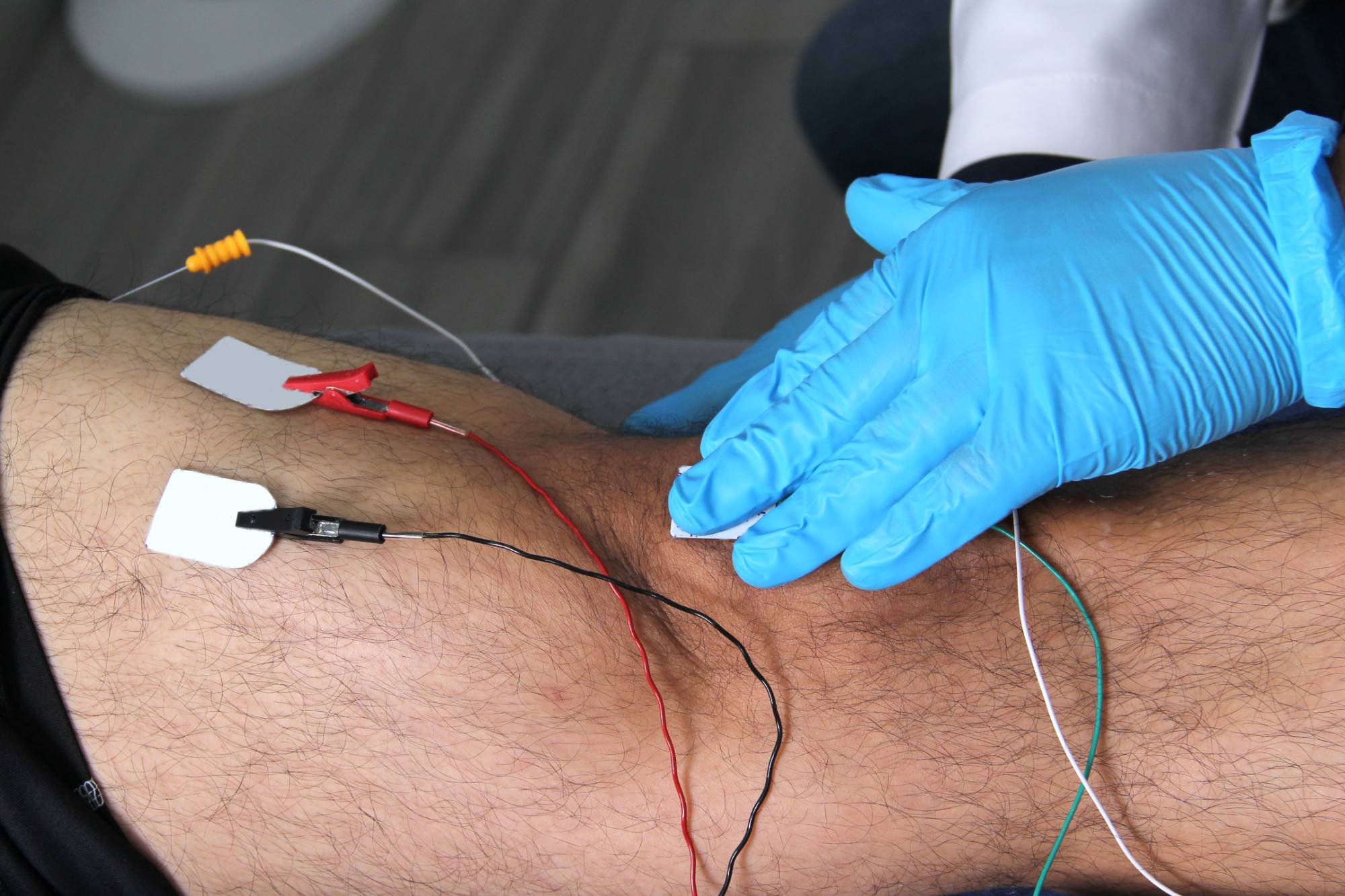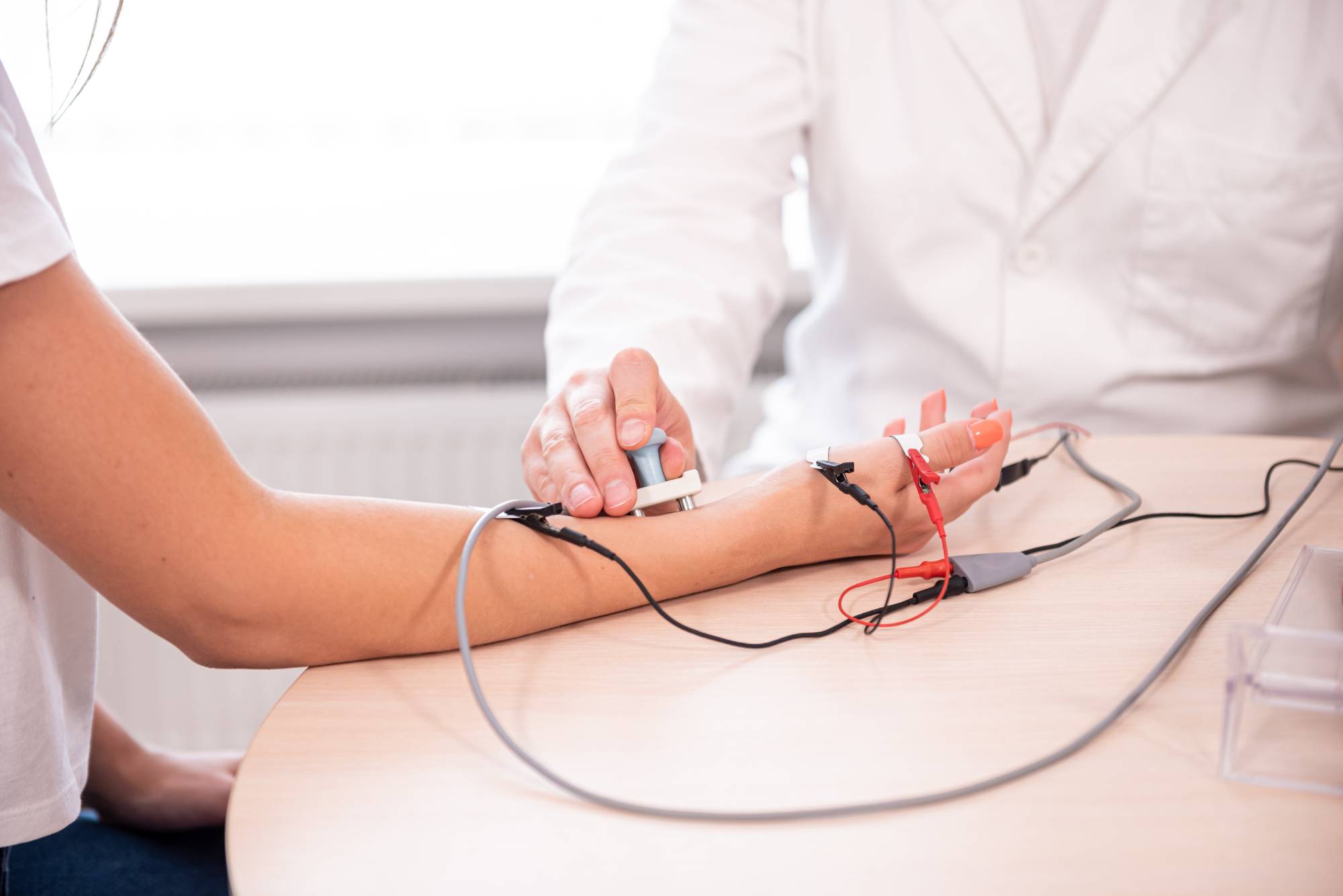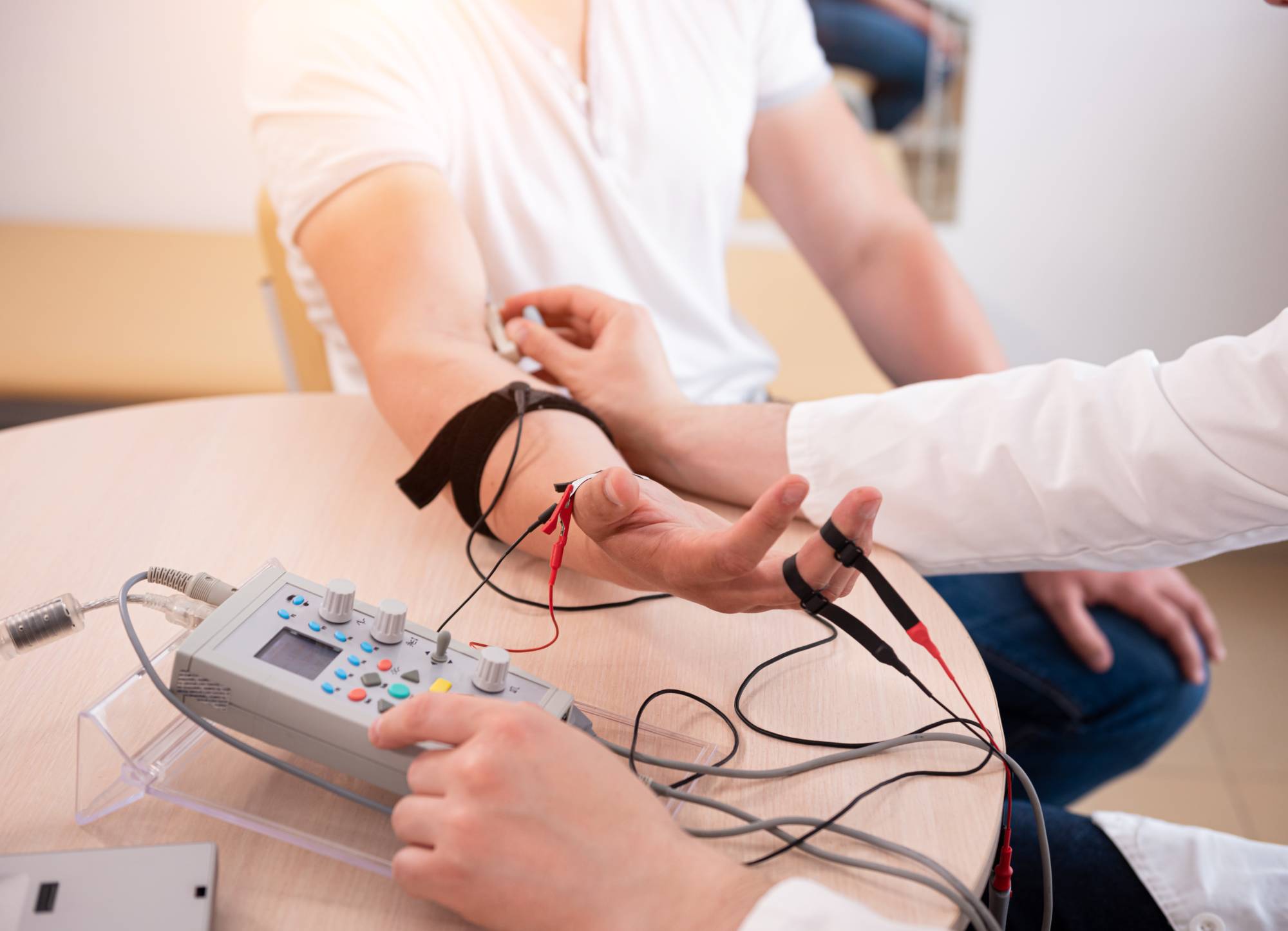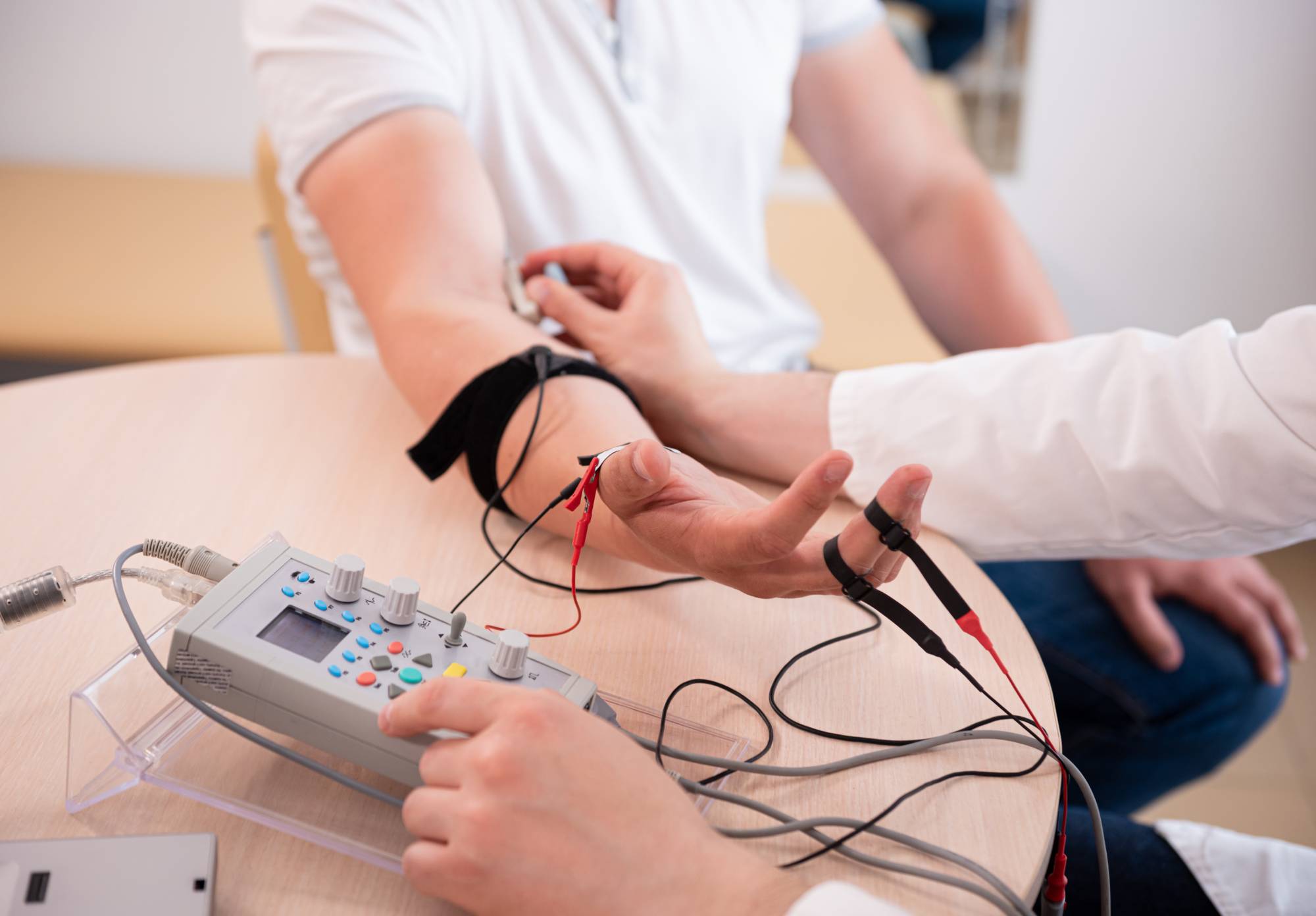Accurate EMG testing and nerve conduction studies that pinpoint exactly what’s causing your symptoms.

Reviews

You’ve been dealing with numbness, tingling, or muscle weakness for weeks or months. Your regular doctor says “let’s wait and see” or suggests it might be stress. But you know something’s not right.
EMG testing gives you definitive answers. Within an hour, you’ll know if you’re dealing with carpal tunnel syndrome, a pinched nerve, diabetic neuropathy, or something else entirely. No more guessing. No more wondering if it’s all in your head.
The test measures how well your nerves and muscles communicate. When there’s a problem, we can see exactly where it is and how severe it’s become. That means your doctor can create a treatment plan that actually addresses the root cause instead of just managing symptoms.
We’ve been serving Palm Springs North and surrounding South Florida communities with comprehensive neurological diagnostic services. Our board-certified specialists have performed thousands of EMG tests, helping patients get the answers they need to move forward with effective treatment.
We know you’re probably anxious about the test and what the results might show. That’s why we take time to explain everything before, during, and after your EMG. You’ll understand exactly what we’re testing for and what your results mean for your treatment options.
Our Palm Springs North location makes it convenient for local residents to get the specialized testing they need without traveling to Miami or Fort Lauderdale.

Your EMG test has two parts: nerve conduction study and electromyography. The nerve conduction study comes first. We place small electrodes on your skin and send tiny electrical pulses to measure how fast your nerves carry signals. Most people describe it as feeling like small static shocks.
Next is the electromyography portion. We insert a thin needle electrode into specific muscles to measure their electrical activity. The needle is much thinner than what’s used for blood draws. You’ll feel a brief pinch when it goes in, then we ask you to relax the muscle, then contract it gently.
The entire test takes 30 to 60 minutes depending on how many areas we’re examining. You can drive yourself home afterward and return to normal activities immediately. We’ll have preliminary results to discuss with you before you leave, and a complete report goes to your referring doctor within 24 hours.

Ready to get started?
Your EMG testing includes both nerve conduction studies and electromyography testing of the affected areas. We test multiple nerve pathways and muscle groups to get a complete picture of what’s happening. This comprehensive approach means we’re less likely to miss something important.
You’ll receive a detailed explanation of your results before leaving our office. We don’t just hand you a report full of medical terminology. We show you exactly what the test revealed and what it means for your symptoms. If we find nerve damage or muscle problems, we’ll explain the severity and what treatment options typically work best.
All results are sent to your referring physician within 24 hours, along with our recommendations for next steps. We also coordinate with your doctor’s office to make sure you get scheduled for follow-up care if needed. Many of our Palm Springs North patients appreciate that we handle the communication between specialists so they don’t fall through the cracks.

New York:
Florida:
Support